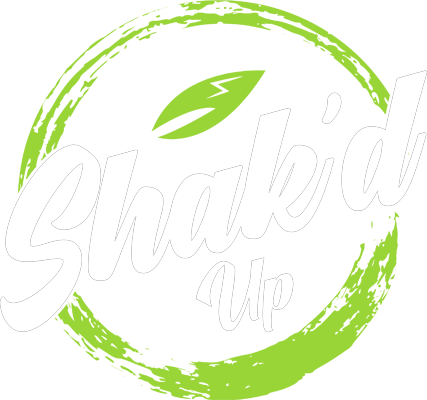Choosing a protein powder is not as simple as reading the front of the package. The real value is in the back label. With so many products claiming to be clean, natural, or performance-driven, it can be difficult to know what actually matters. This guide outlines how to read between the lines and find a protein supplement that supports your goals without compromising your standards.
- Ingredient Transparency If the label doesn’t list every ingredient clearly, that’s a problem. Look for proteins that show their full composition without catch-all terms like “proprietary blend.” Clean brands will identify the exact source of the protein, whether it’s pea isolate, rice protein, or a complete multi-source formula. Avoid unfamiliar chemical names or masking agents like “natural flavors” without further detail.
- Protein Source and Quality Protein quality affects digestion, muscle recovery, and nutrient absorption. Plant-based blends should include complementary sources that cover the full amino acid profile. Pea and rice are a common pairing for this reason. High-quality protein is processed at low temperatures to preserve amino acid structure. Look for terms like “cold-processed” or “low-heat treated.”
- Sugar and Sweeteners Added sugars or sugar alcohols work against the purpose of a protein shake. A clean formula will contain no added sugar and use alternatives like monk fruit or stevia only if needed. Some of the better products rely on natural fruit powders or keep the flavor mild enough to mix with other ingredients.
- Digestive Support Digestive enzymes, probiotics, or prebiotic fiber are not required in protein powders, but they help. A good product won’t rely on gimmicks. Instead, it will include enzymes that specifically help break down proteins such as protease or bromelain. Prebiotic fibers like inulin or chicory root can support gut health and keep digestion efficient.
- Third-Party Testing Clean protein products should be tested for heavy metals, microbial contaminants, and consistency of formulation. Look for third-party certifications or lab reports. This shows the brand has gone beyond baseline safety standards and invested in true quality control.
- Flavor and Texture A truly clean protein will mix well and taste consistent without needing masking agents. Flavors should come from real food sources like cocoa powder or vanilla bean, not lab-made substitutes. If you need to shake it for five minutes to get rid of clumps, it’s not worth your time.
Outro – Concluding Words
Finding a clean protein powder doesn’t require deep science, but it does take attention to detail. The most trustworthy products are upfront with their ingredients, use effective sourcing, and are built for long-term use. Reading the label is more valuable than listening to marketing claims. Once you know what to look for, you’ll stop choosing powders based on flavor and start choosing based on function.



